- Have any questions?
- +86-189 8930 5995
- sales@mosinterchem.com.cn
Nitric Acid CAS 7697-37-2

Benzyl Benzoate CAS 120-51-4
24/12/2018
2-Bromoethanol CAS 540-51-2
24/12/2018| Model: | MOS7697-37-2 |
| Brand Name: | MOSINTER |
| CAS No.: | 7697-37-2 |
| Molecular formula: | HNO3 |
| Molecular weight: | 63.01 |
| Density: | 1.41 g/mL at 20 °C |
| Melting point: | -42 °C |
| Vapour pressure: | 8 mm Hg ( 20 °C) |
| Vapor density: | 1 (vs air) |
| Boiling point: | 120.5 °C(lit.) |
| Flashing point: | 120.5°C |
| Storage condition: | 2-8°C |
| Soluble: | >100 g/100 mL (20 ºC) |
Nitric Acid (CAS: 7697-37-2)
| Item | Index |
| Appearance | Colorless or slightly yellow liquid |
| HNO3, % | 40.0 |
| N2O4, % | 0.10 |
Nitric acid (HNO3), also known as aqua fortis and spirit of niter, is a highly corrosive strong mineral acid.
The pure compound is colorless, but older samples tend to acquire a yellow cast due to decomposition into
oxides of nitrogenand water. Most commercially available nitric acid has a concentration of 68%. When the
solution contains more than 86% HNO3, it is referred to as fuming nitric acid. Depending on the amount of
nitrogen dioxide present, fuming nitric acid is further characterized as white fuming nitric acid or red fuming
nitric acid, at concentrations above 95%.
Nitric acid is the primary reagent used for nitration – the addition of a nitro group, typically to an organic molecule.
While some resulting nitro compounds are shock- and thermally-sensitive explosives, a few are stable enough to be used in munitions and demolition, while others are still more stable
and used as pigments in inks and dyes. Nitric acid is also commonly used as a strong oxidizing agent.
Uses
The main industrial use of nitric acid is for the production of fertilizers. Nitric acid is neutralized with ammonia to give
ammonium nitrate. This application consumes 75–80% of the 26M tons produced annually (1987). The other main applications are for the production of explosives, nylon
precursors, and specialty organic compounds.
Precursor to organic nitrogen compounds
In organic synthesis, industrial and otherwise, the nitro group is a versatile functionality. Most derivatives ofaniline are
prepared
via nitration of aromatic compounds followed by reduction. Nitrations entail combining nitric and sulfuric acids to
generate the
nitronium ion, which electrophilically reacts with aromatic compounds such as benzene. Many explosives, e.g. TNT,
are prepared in this way.
Rocket propellant
Nitric acid has been used in various forms as the oxidizer in liquid-fueled rockets. These forms include red fuming nitric acid, white fuming nitric acid, mixtures with sulfuric acid, and these forms with
HF inhibitor. IRFNA (inhibited red fuming nitric acid) was one of 3 liquid fuel components for the BOMARCmissile.
Niche uses
Analytical reagent
In elemental analysis by ICP-MS, ICP-AES, GFAA, and Flame AA, dilute nitric acid (0.5 to 5.0%) is used as a matrix compound for determining metal traces in solutions.
Ultrapure trace metal grade acid is required for such determination, because small amounts of metal ions could affect the result of the analysis.
It is also typically used in the digestion process of turbid water samples, sludge samples, solid samples as well as other types of unique samples
which require elemental analysis via ICP-MS, ICP-OES, ICP-AES, GFAA and flame atomic absorption spectroscopy. Typically these digestions use a 50% solution of the purchasedHNO
3 mixed with Type 1 DI Water.
In electrochemistry, nitric acid is used as a chemical doping agent for organic semiconductors, and in purification processes for raw carbon nanotubes.
Woodworking
In a low concentration (approximately 10%), nitric acid is often used to artificially age pine and maple. The color produced is a grey-gold very much like very old wax or oil finished wood (wood finishing).
Etchant and cleaning agent
The corrosive effects of nitric acid are exploited for a number of specialty applications, such as pickling stainless steel. A solution of nitric
acid, water and alcohol, Nital, is used for etching of metals to reveal the microstructure. ISO 14104 is one of the standards detailing this well
known procedure.
Commercially available aqueous blends of 5–30% nitric acid and 15–40% phosphoric acid are commonly used for cleaning food and dairy equipment primarily to remove precipitated calcium and magnesium
compounds (either deposited from the process stream or resulting from the use of hard water during production and cleaning). The
phosphoric acid content helps to passivate ferrous alloys against corrosion by the dilute nitric acid.
Nitric acid can be used as a spot test for alkaloids like LSD, giving a variety of colours depending on the alkaloid.
You must be logged in to post a review.

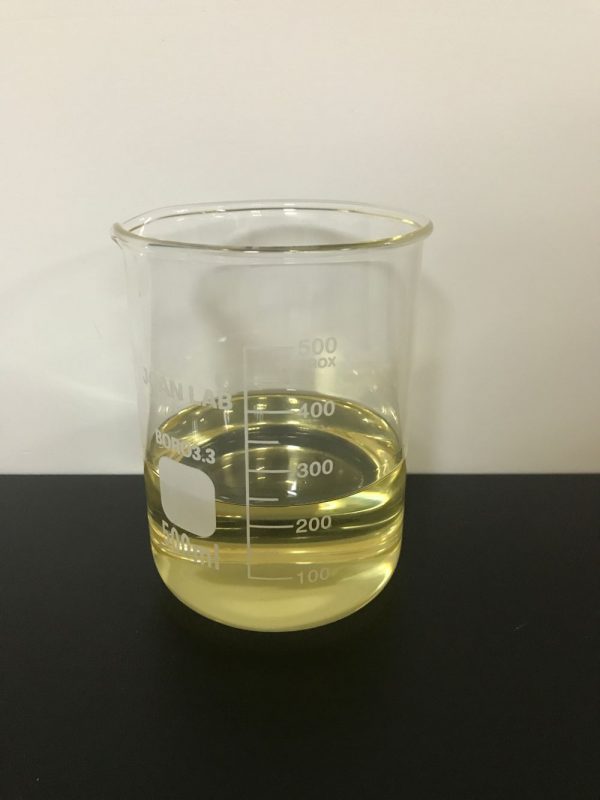
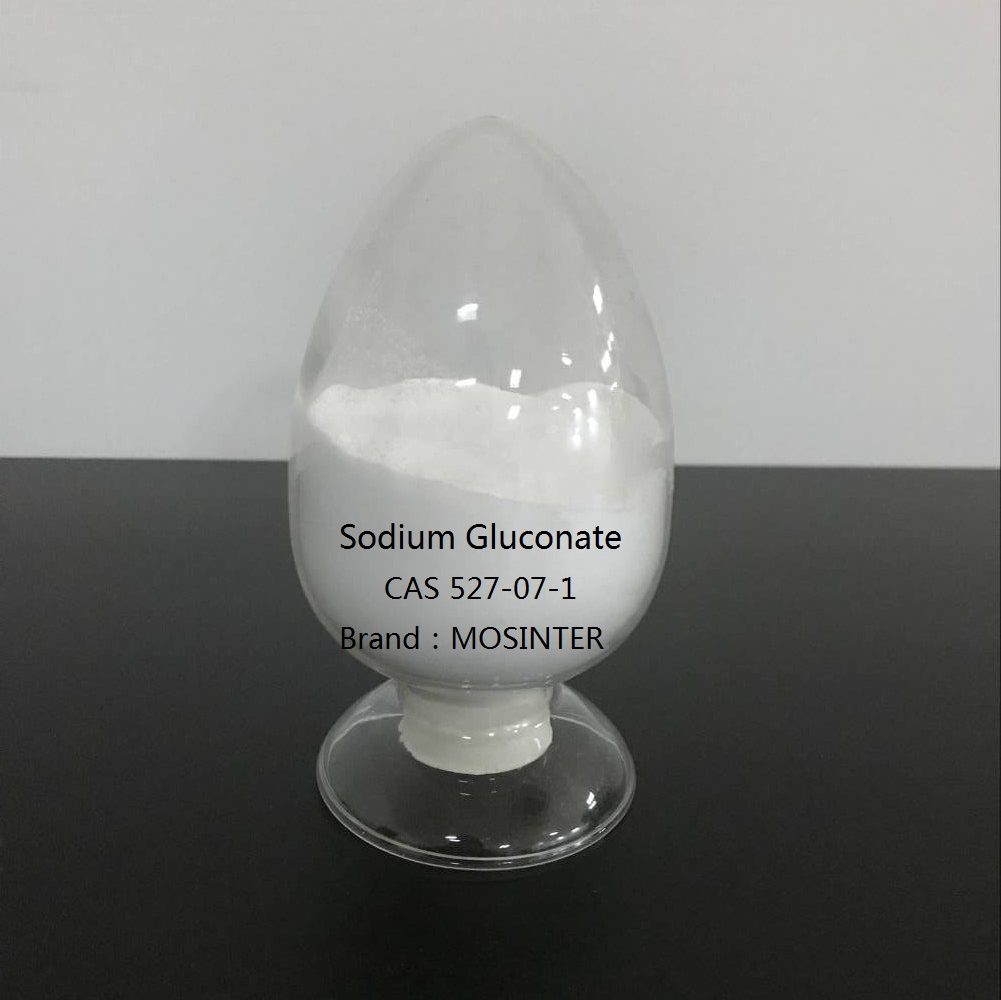
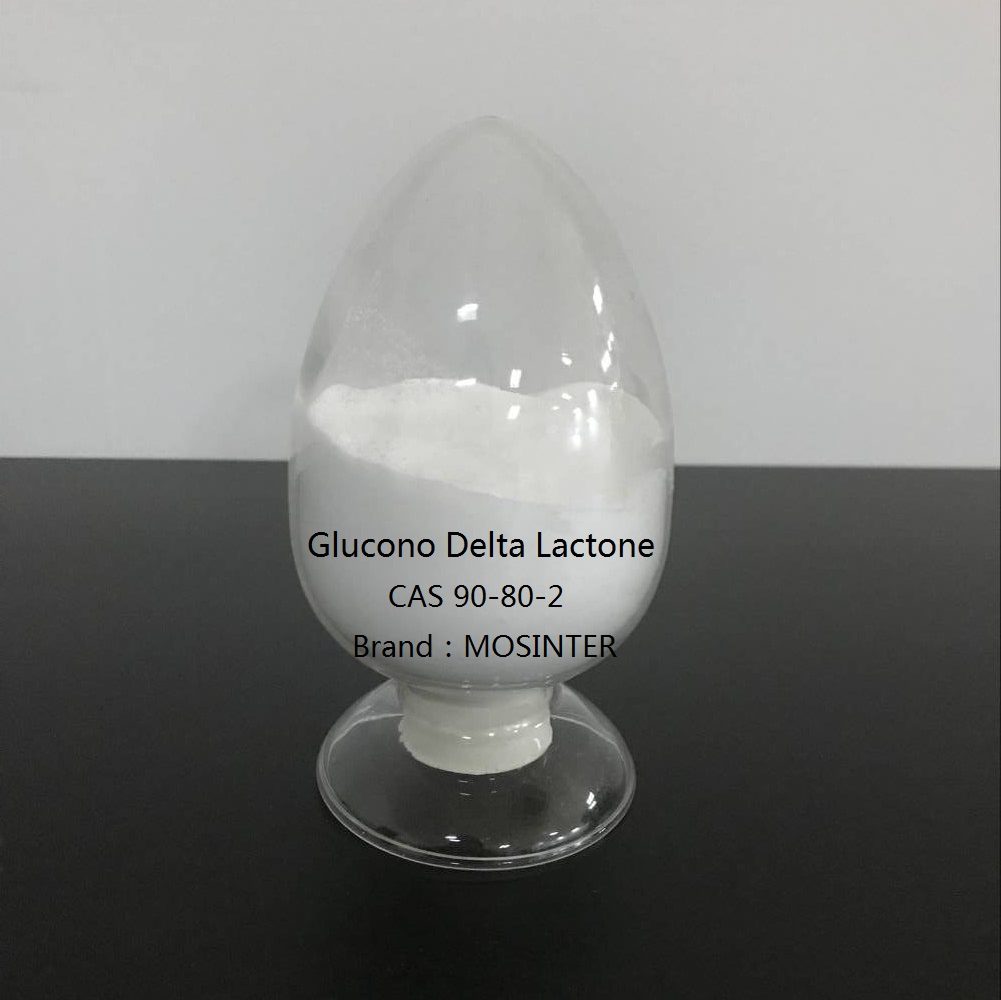
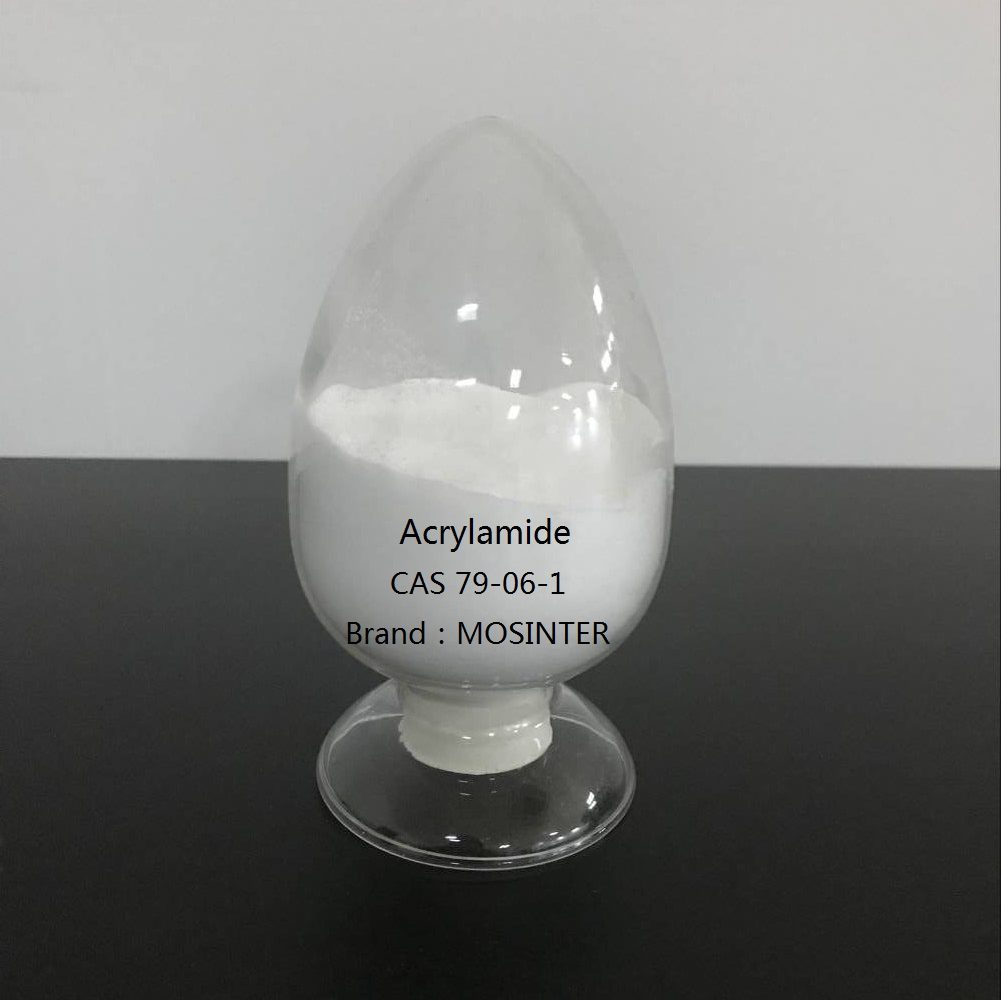
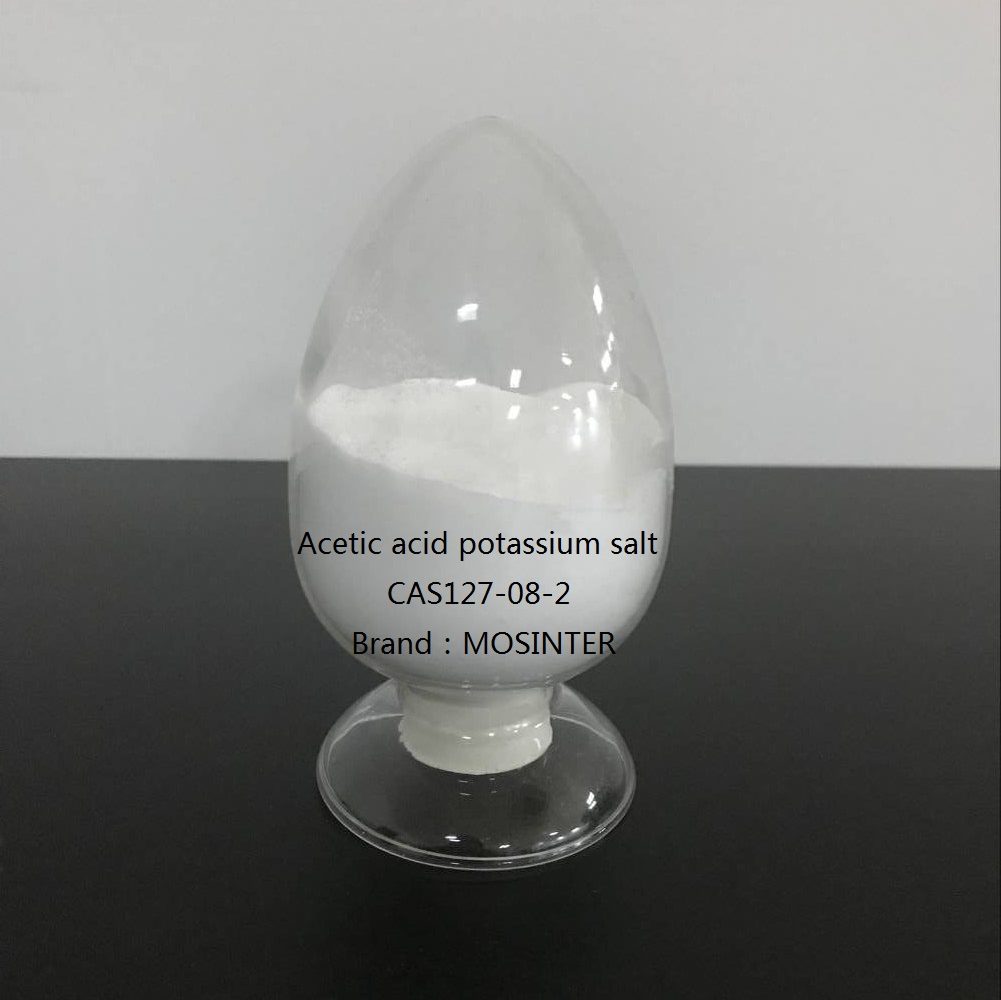
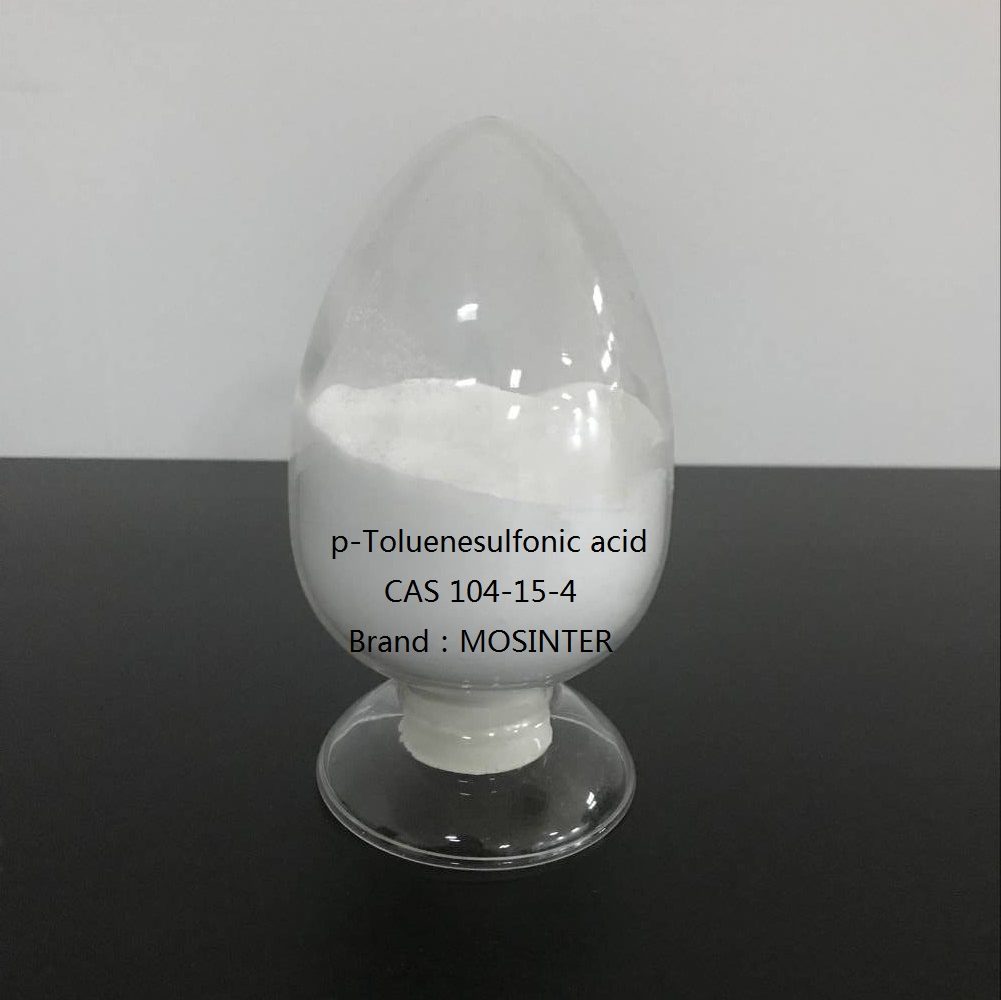
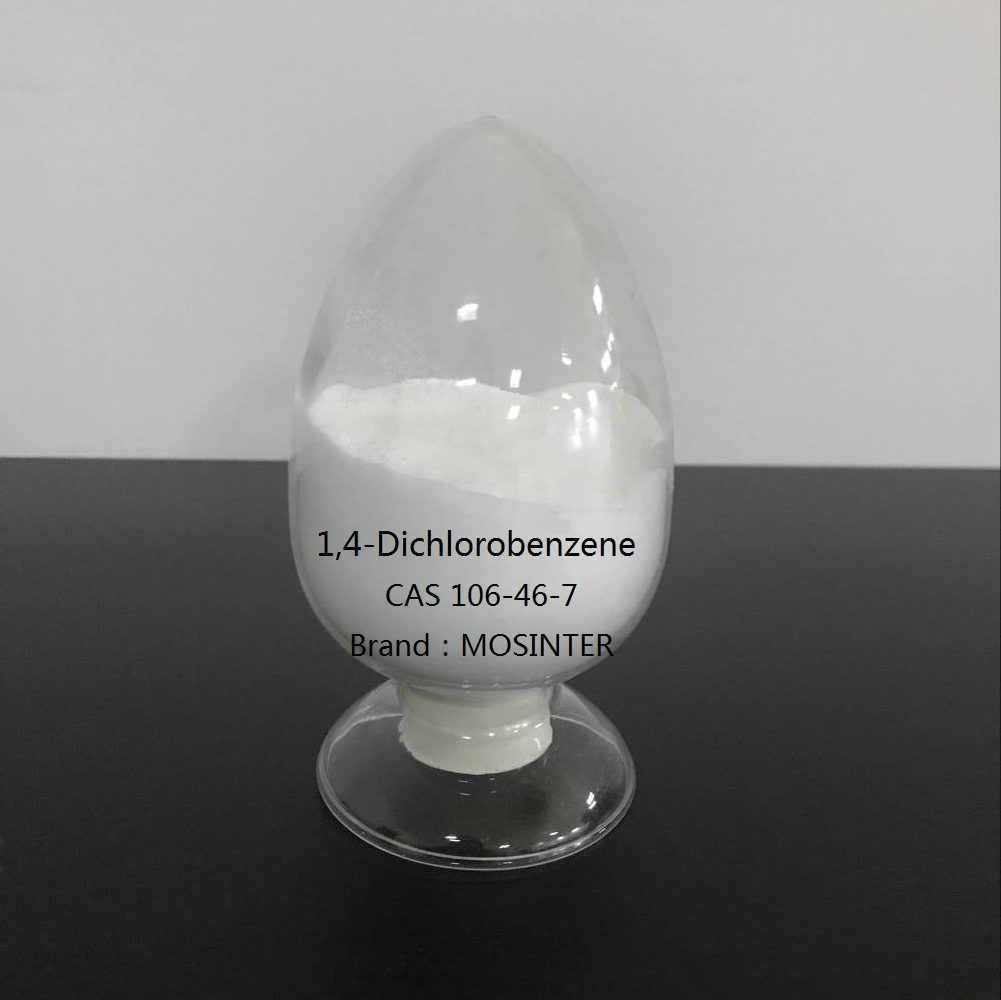
Reviews
There are no reviews yet.